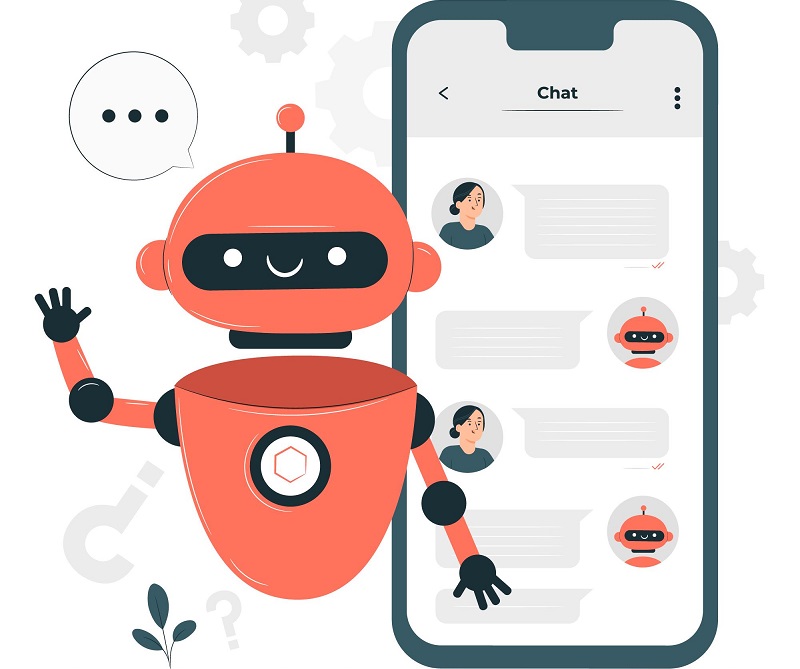6 Ways Chatbots Are Transforming E-Commerce
Since Apple introduced Siri in 2011, AI and marketing strategies have come together to introduce chatbots. Designed to mimic the “human” customer service experience, chatbots are changing the way modern branding and sales are approached. As more industries join this innovative form of automated promotion by developing their own bots, advertisers are struggling to keep up with the pace at which marketing strategies adapt to this innovative technology. Below we discuss 6 ways chatbots are transforming e-commerce.
Chatbots are transforming e-commerce
What are chatbots in e-commerce?
Chatbots in e-commerce are computer programs that simulate a conversation with human users with the goal of completing a service.
Different companies use them for different things. Traditionally, chatbots are designed to:
- Complete the customer’s purchases.
- Offer product recommendations based on customer tastes.
- Provide customer support.
Chatbots: A helping hand for companies
Chatbots also help companies reduce the stress of overwhelmed customer support, especially during the holiday season. During these high traffic periods, sheer enormous demand can lead to confusion, mis-delivery and not to mention very disappointed customers.

-
Increased user engagement
Customers tend to be much more engaged with an online site that makes shopping easier. With chatbots, websites not only make shopping easier. They also make the entire post-purchase experience easier to manage. If there is a problem, customers can conveniently go to the website and engage in a simple conversation with a chatbot that should resolve their query within minutes.
-
Increased customer retention and satisfaction
When customers have an experience that stands out with a business, they are very likely to share it with their friends and peers. Whether it’s good or bad, word of mouth has a big impact on customer satisfaction, purchase intent and repeat purchases. If their experience continues to be positive, their customer lifetime value will increase, making individual customers more profitable over time.
-
Chatbots and branding skills
With the introduction of Amazon Echo, Alexa, and Dot, as well as Google Home, AI technology is entering homes at a pace most marketers did not expect. As these “additions to the family” connect to other technologies in the home and adapt to consumer habits, every interaction will be seen as an opportunity to suggest potential product and service extensions.
-
Identification of consumer habits
The chatbot revolution is not only improving the user experience, but also collecting a goldmine of data. The unobtrusive bot feeds consumers a series of questions, learning the habits and purchase history of each interaction to present personalized experiences with every tap of the finger. For the advertising industry, this history comes from the trajectory of how and what we respond to the most, as well as what keeps us coming back. Chatbots can gather valuable consumer data and tailor each response to suggest additional purchases or services.
-
Providing concierge services with luxury brands
Fashion brands are extending their high-level services to chatbots, making it even easier for their customers to get what they want when they want it. Tommy Hilfiger and Burberry have made it possible to preview their upcoming lines with a chatbot. Loyal clientele can watch fashion shows, select desired items, and pre-purchase them from their smartphones.
Future of e-commerce is now
Progressive brands are using chatbots to improve customer service, provide faster responses, collect more data about their customers, and overall create a more enjoyable experience for shoppers. Chatbots have other marketing benefits for e-commerce websites, such as improving conversions and search engine rankings.
Conclusion
Chatbots are the perfect virtual customer support offering instant solutions. Even in the case of negative interactions, they can remain unembarrassed and avert a crisis with a polite apology. They can be further refined and enhanced based on past experiences and help organizations improve customer interactions manifold.









